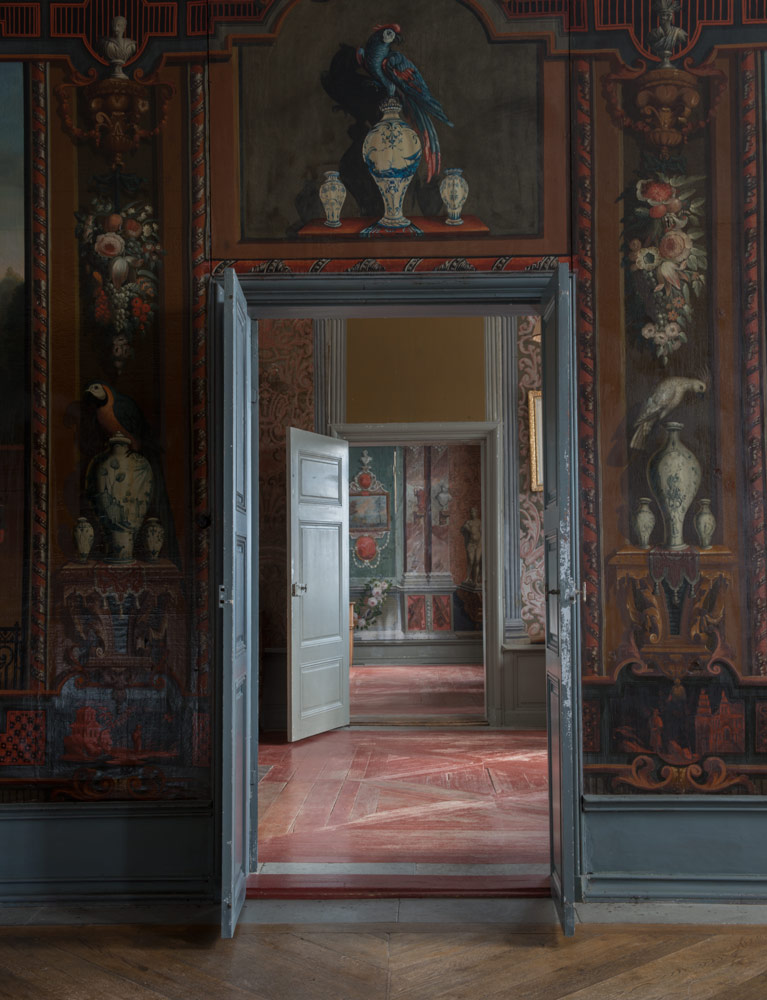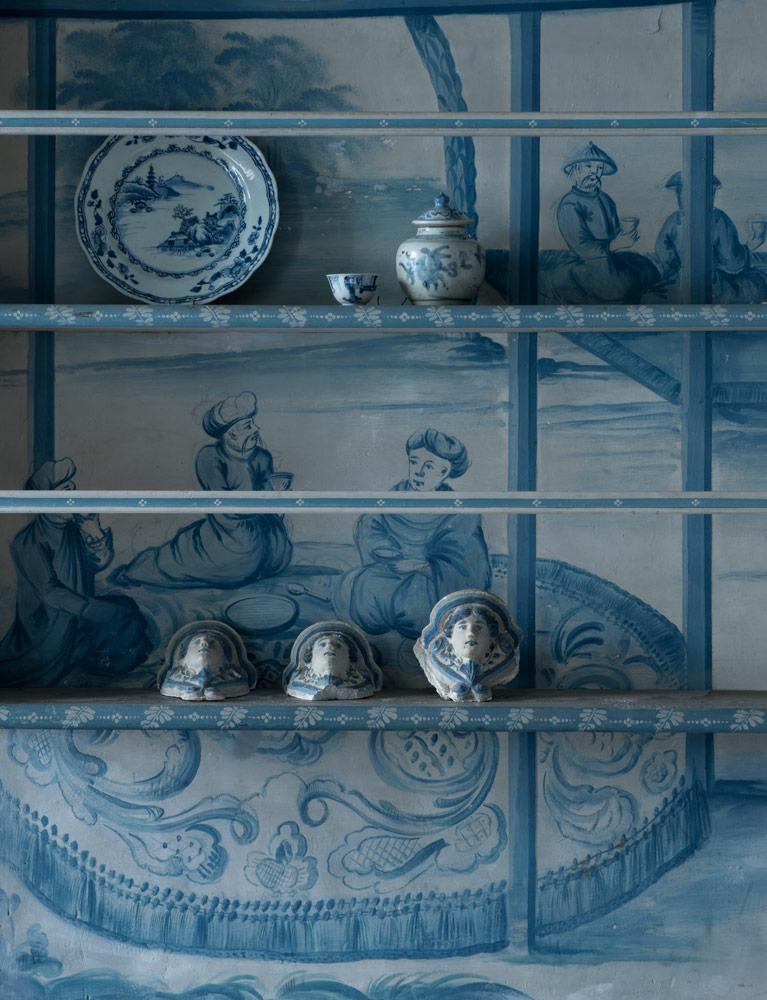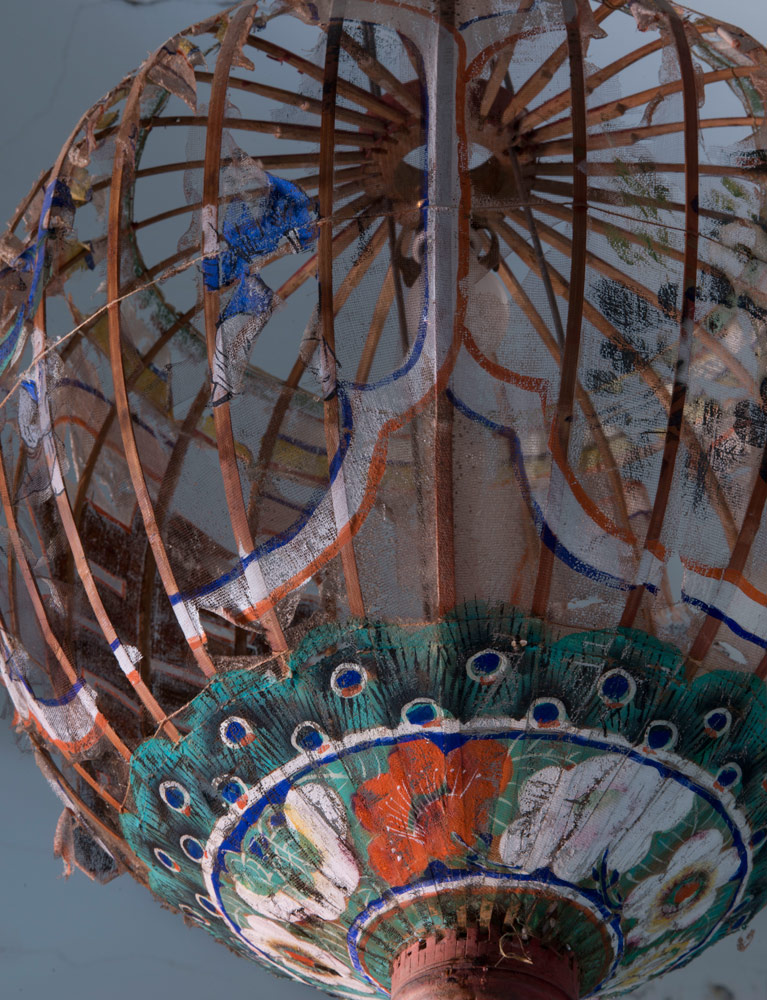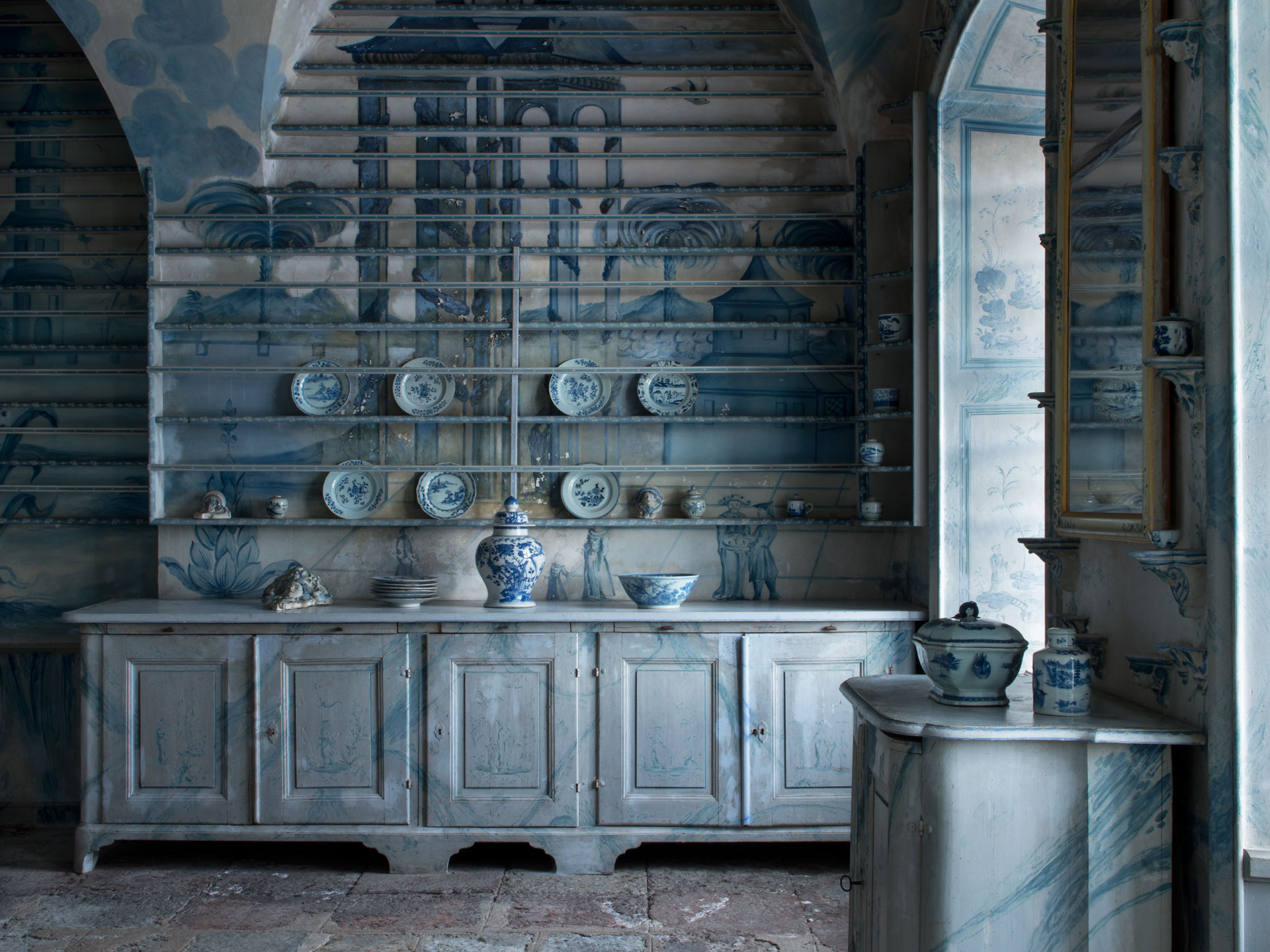On 27 August 1733, the sails of the ‘Friedericus Rex Sueciae’ came into view above the stormy waters outside Gothenburg. It was practically a miracle. Canons were fired in salute. The celebrations went on for over a week in Gothenburg’s taverns.
The ship had been gone for eighteen months. It had sailed through some of the most dangerous seas on the planet, braving storms, hostile waters and pirates. The ship had been taken captive in Jakarta, but the captain managed to negotiate its release. So many of the original crew had died or jumped ship that replacements had to be recruited for the voyage home. When the ship left Gothenburg, it had been carrying pig iron, tar, wood and potash. It returned carrying a very different cargo. A metamorphosis had taken place.
The iron had been transformed into silk. The tar to decorative fans. The wood to tea, and the potash to spices, arrack and porcelain. The ‘Friedericus Rex Sueciae’ brought goods which over time would come to be regarded as among the most Swedish of things, including punch and rhubarb.
The ‘Friedericus Rex Sueciae’ was the Swedish East India Company’s very first ship. It had sailed to the other side of the Earth and returned, from a land and a world which captivated contemporary Europeans more than any other. A realm shrouded in mystery, secrets, wonderful artefacts and almost unimaginable luxury had been to China. The cargo it carried home made a lot of men rich.
The newcomers weren’t exactly welcomed by the other European powers, which meant that Swedish ships could hardly expect any help en route to China. The company’s ships were refused permission to dock in many of their rivals’ ports during the voyage to China.
The most important consequence of the shipment wasn’t the beautiful lacquer work, the silk stockings or pieces of porcelain — it was the dream of China, the fantasy of a strange, exotic world. It was this cargo which was to enchant, inspire and change 18th-century Sweden.
Europe had been suffering a veritable mania for all things Chinese. Chinese culture was regarded as superior and more sophisticated than European culture, and Europeans looked up to Chinese literature, architecture, art, philosophy and medicine. And everybody wanted to get hold of something ‘Chinese’, no matter how meagre their circumstances.
The most important consequence of the shipment wasn’t the beautiful lacquer work, the silk stockings or pieces of porcelain — it was the dream of China, the fantasy of a strange, exotic world. It was this cargo which was to enchant, inspire and change 18th-century Sweden.
Europe had been suffering a veritable mania for all things Chinese. Chinese culture was regarded as superior and more sophisticated than European culture, and Europeans looked up to Chinese literature, architecture, art, philosophy and medicine. And everybody wanted to get hold of something ‘Chinese’, no matter how meagre their circumstances.


The middle-classes bought porcelain, silk and lacquer work, and fashioned Chinese corners in their homes. The servants were occasionally allowed to try the exotic drink, tea. Most extravagant of all were the aristocracy, who built Chinese rooms, pavilions and gardens. “Chinoiserie”, a decorative style with Chinese motifs, became particularly popular. The aristocracy made themselves up to look white, taking Chinese nodding dolls as their template, and the men grew their hair into Manchurian pigtails while the women wove fans into their hair.
Perhaps what entranced the Swedes most of all was white gold — porcelain. The Swedish East India Company carried back more than 50 million items of porcelain, more than any other similar European company.
Porcelain was a high-status item that also came to affect design and furnishings. At Tureholm Castle south of Stockholm, the aristocratic Bielke family went so far as to have a “Chinese kitchen” installed. The famous porcelain kitchen, dating from 1746, was entirely painted blue and white. The room was filled from floor to ceiling with blue and white chinoiserie painted by the artist Carl Fredrik Engelkrona: mandarins, palaces, pagodas and birds. The tables, cabinets and vaulted ceiling were also painted blue and white. This backdrop was further enhanced with pieces of porcelain, resting on shelves and specially-built pedestals — more than 600 items in total. The whole room seemed to be made of porcelain. The kitchen was a sort of luxury kitchen intended for show, where the Bielke family showed off their valuable porcelain to their guests and perhaps drank a cup of chocolate or tea. Much of the priceless china was never used, and only served as exclusive decorative objects. At Tureholm, the ordinary, functional kitchen was in another wing of the castle altogether.
There had been a manor-house at Tureholm since the 1300s, but during Sweden’s Age of Greatness in the 17th century, a castle was erected, designed by one of the most renowned architects of the age, Erik Dahlbergh. In one respect, Tureholm also fell victim to the end of the Age of Greatness, when it was burned down by the Russian Navy in 1719. Some years later, Count Thure Gabriel Bielke, Marshal of the Realm, embarked on the reconstruction of what would become one of the 18th century’s most imposing castles. A kilometre-long avenue formed the approach to Tureholm, in front of which a commanding ramp led up to the castle itself. Tureholm bore the influence of both the baroque style of the Age of Greatness as well as fresh impulses from the Enlightenment and Sweden’s Age of Liberty. A castle in transition — just like its owner. Thure Gabriel Bielke had fought in the Battle of Poltava with King Karl XII, but also came to play a leading role during the Age of Liberty.
The reconstruction of Tureholm Castle that was begun in 1728 coincided almost exactly with the foundation of the Swedish East India Company. Few other Swedish castles and palaces bear such clear evidence of the new East Indian influences. Apart from the spectacular kitchen, a series of other rooms were designed and furnished with the Orient as their main influence. The Countess’s suite contains a red and black Chinese cabinet. The billiard room features a fine set of wallpaper with motifs of Chinese palaces. Many of the objects and fabrics that once adorned Tureholm have today been removed; some can be seen in the Royal Armoury Museum in Stockholm. Examples of the castle’s finest tapestries now hang in the Oval Room in Stockholm City Hall. What is now known as ‘Tureholm wall-paper’ bears motifs from the Far East, including exotic animals and birds. Skogaholm Manor-House at Skansen Open Air Museum in Stockholm features Chinese wallpaper from Tureholm Castle.
The reconstruction of Tureholm Castle that was begun in 1728 coincided almost exactly with the foundation of the Swedish East India Company. Few other Swedish castles and palaces bear such clear evidence of the new East Indian influences. Apart from the spectacular kitchen, a series of other rooms were designed and furnished with the Orient as their main influence. The Countess’s suite contains a red and black Chinese cabinet. The billiard room features a fine set of wallpaper with motifs of Chinese palaces. Many of the objects and fabrics that once adorned Tureholm have today been removed; some can be seen in the Royal Armoury Museum in Stockholm. Examples of the castle’s finest tapestries now hang in the Oval Room in Stockholm City Hall. What is now known as ‘Tureholm wall-paper’ bears motifs from the Far East, including exotic animals and birds. Skogaholm Manor-House at Skansen Open Air Museum in Stockholm features Chinese wallpaper from Tureholm Castle.


But what is perhaps the most imposing room in the castle has been preserved intact: the Parrot Room, which takes its name from the exotic birds painted on the walls. The German design for the décor depicts images that were particularly appealing — the Forbidden City in Beijing, with its emperors, mandarins, eunuchs and concubines. Stories about the Palace of Heavenly Purity and the supposed 9 999 ½ rooms enchanted Europeans of the day. Tureholm’s Chinoiserie, like most 18th-century images of China, were painted by artists who never set foot in China — and thus had never seen the subjects they were painting, such as the Forbidden City. They took their inspiration from books, stories and objects brought back from the mythical country. On many occasions the template was of other items of chinoiserie — on others, it was pure imagination. Artists all across Europe were trying to recreate and mimic Chinese aesthetics and art. The fact that the country had shut itself off only heightened its mythical status.
In the world of the 18th-century imagination, China became a paradise, a heavenly kingdom on earth full of delights and harmony, where everyone lived a life of plenty under the wise guidance of the emperor, an enlightened kingdom based upon the principles of Confucian philosophy. China had something for everyone. While the aristocracy were attracted by Chinese luxury and exoticism, supporters of the Enlightenment admired Chinese civil servants, the mandarins, who were recruited on merit rather than by accident of birth. China became the utopian mirage of the 18th century. The murals in the Parrot Room in Tureholm Castle, where Ingmar Bergman filmed part of The Best Intentions, are a vibrant Chinese Rococo fantasy — a beautiful embodiment of the 18th century’s dreams about the secretive kingdom of China.
Words by Anders Rydell

